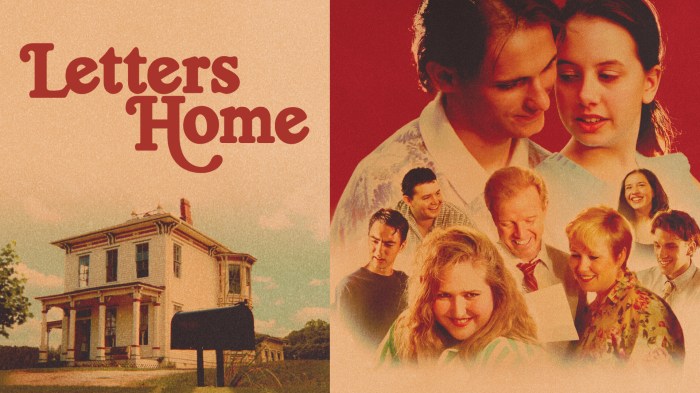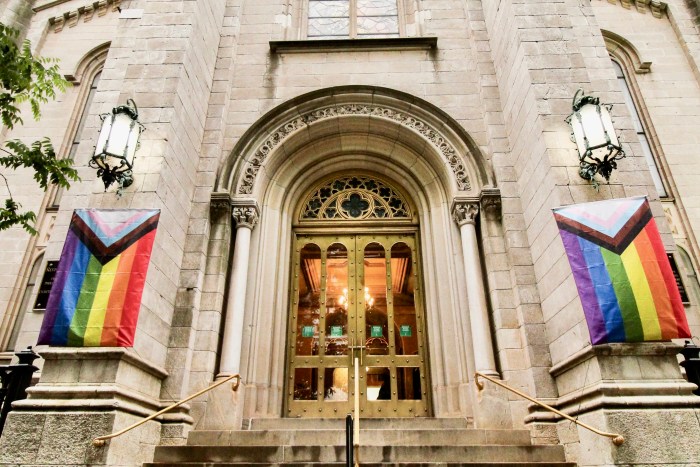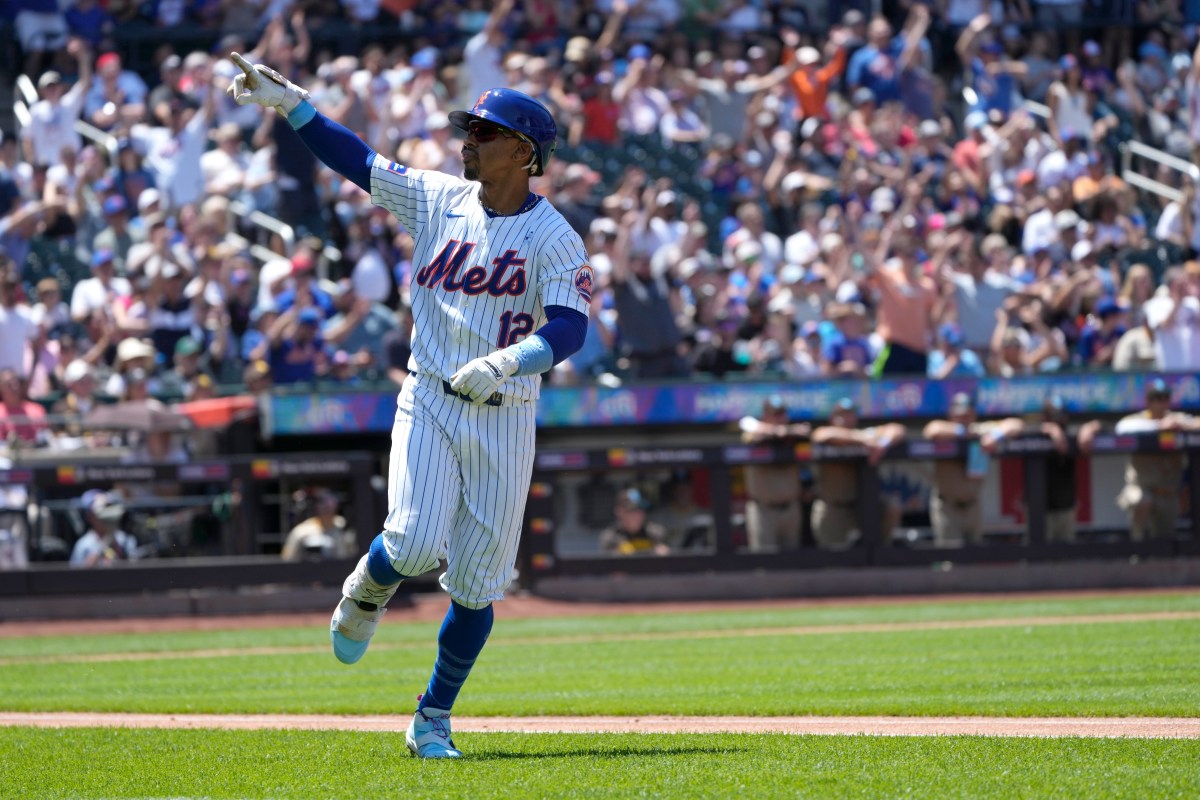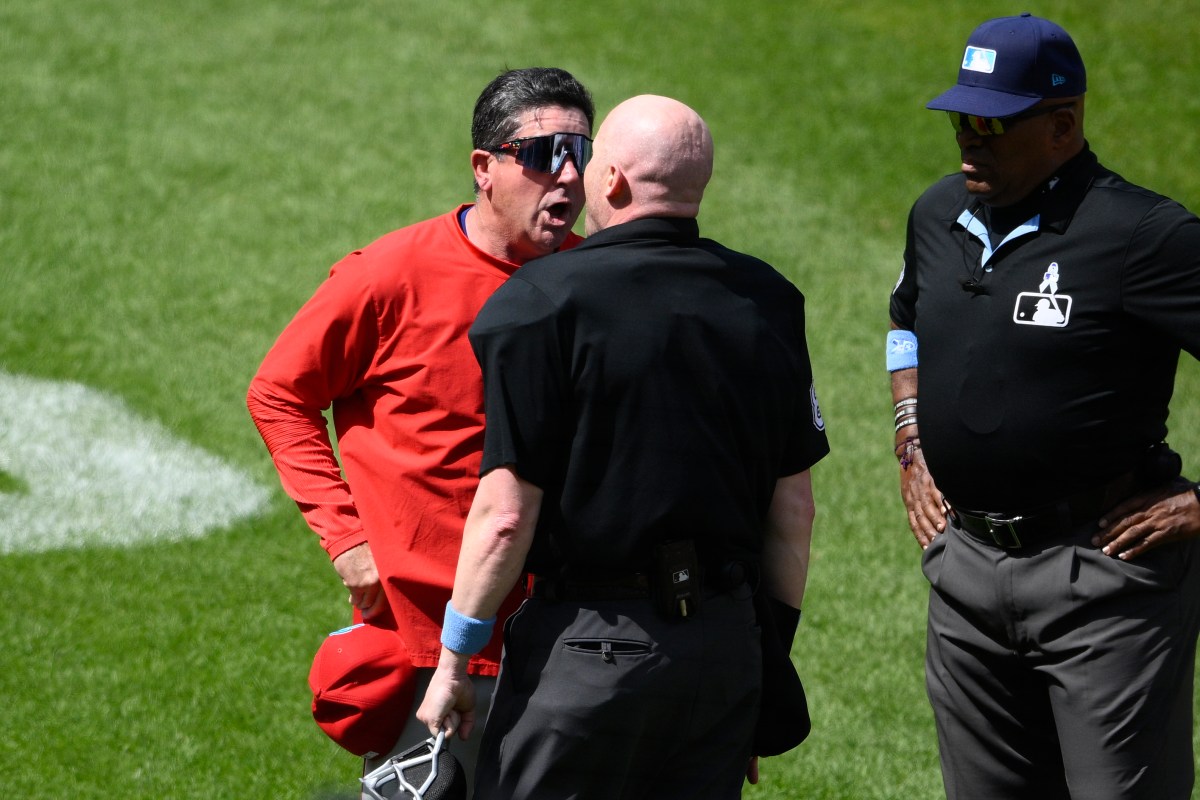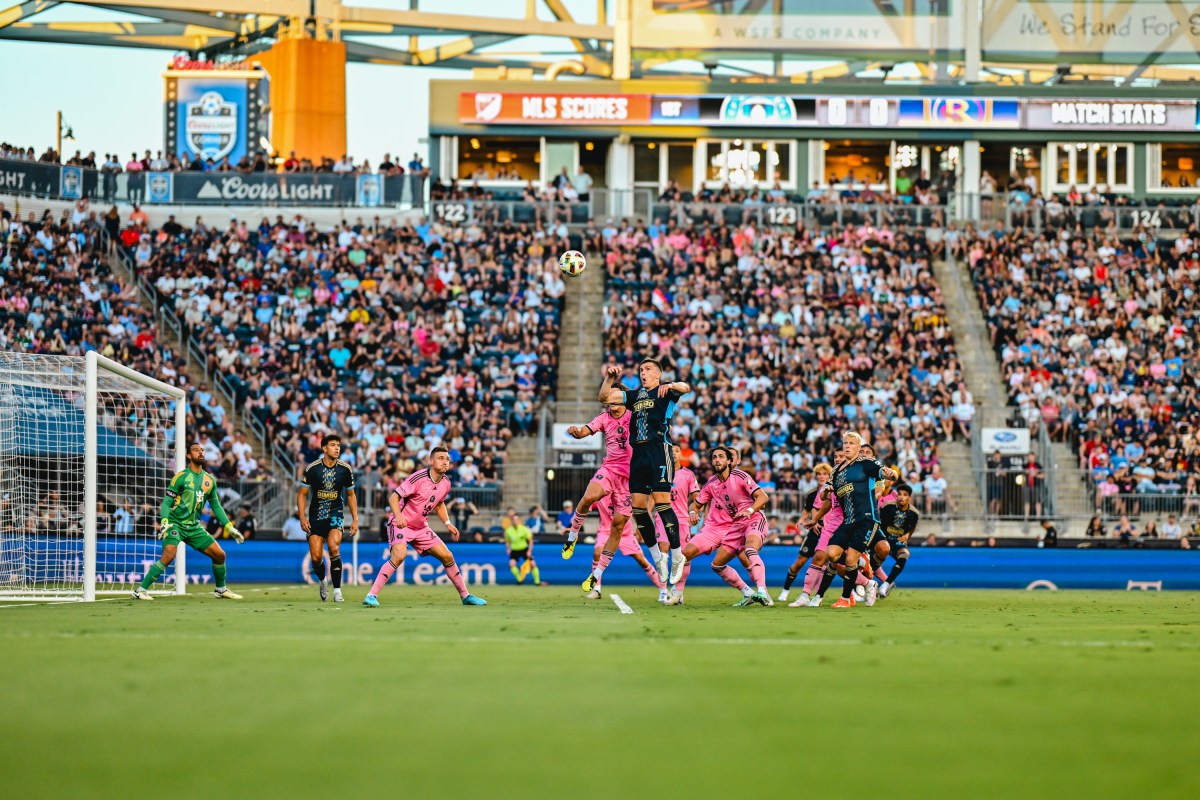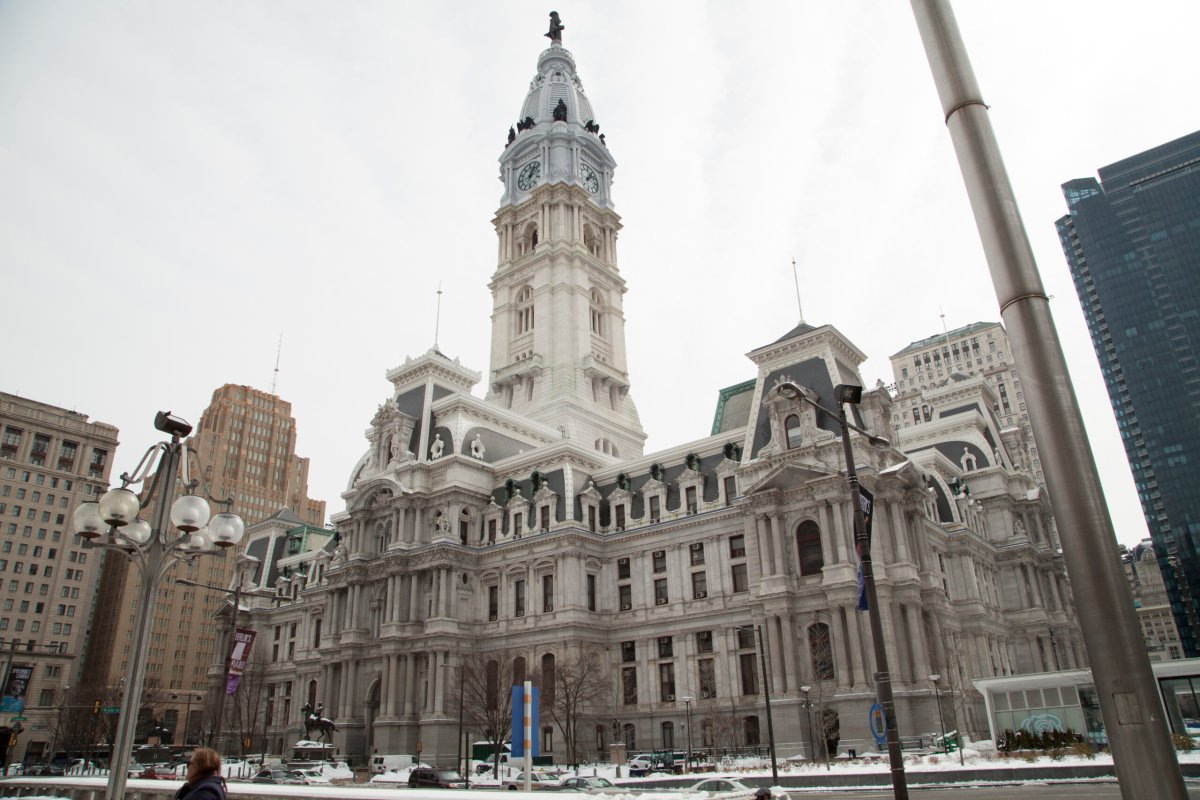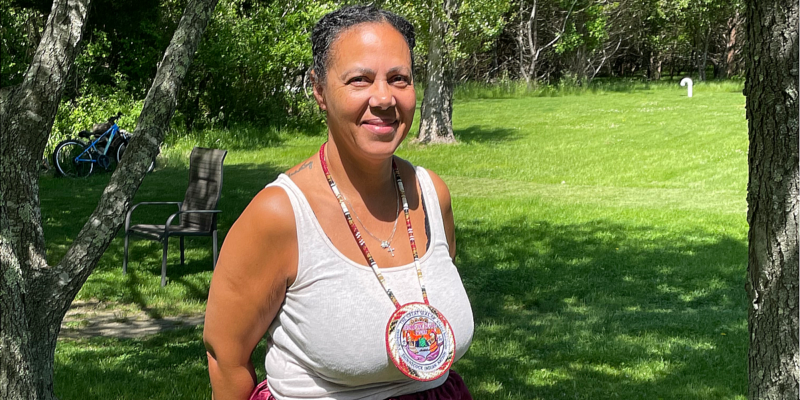Smuggled parrots are taught to fly again.
Monkeys, turtles and a tapir are given help to adapt to a life in freedom at the rehabilitation centre CRAS in Campo Grande, Brasil.
The animals have been seized in the environment police’s road blocks.
”Between September and November (2008) alone we were handed 780 parrots at our centre,” says animal carer Vinicius Andrade Lopes.
At the centre veterinary Roberta Martins Passos Humberg gives a Blue-and-yellow Macaw a calcium injection so that its fractured wing shall heal faster. The bird is crying so loudly that the assistant puts on ear muffs.
In a big cage there is hectic activity. Hundreds of parrots are practicing their flying skills before being released in cooperation with local farms, fazandas, who agree to look after the birds during their early days of newfound freedom.
At the centre there are also larger animals like pumas and a tapir that came to the centre very young after having been saved from grass fires started by people.
Wild life photographer Staffan Widstrand has been working in Pantanal for ten years.
“You see a lot more wildlife in Pantanal today then when I first came there,” he said.
”Eco-tourism has almost put a stop to poaching.”
More info
The global trade in poached animals and their hides, tusks and bones is worth $20 billion a year, ranking third after illegal arms and drugs trafficking, according to the National Network Against Wild Animal Trade. Two years ago Brazil was considered to be the largest source of animal trafficking, accounting for 20 per cent of the numbers.





